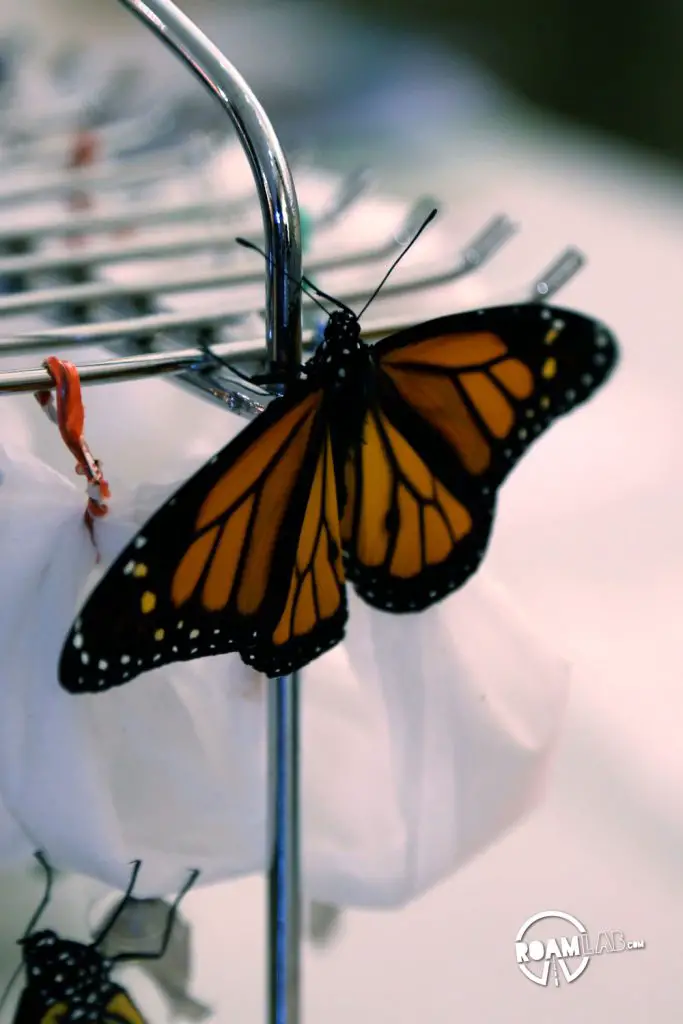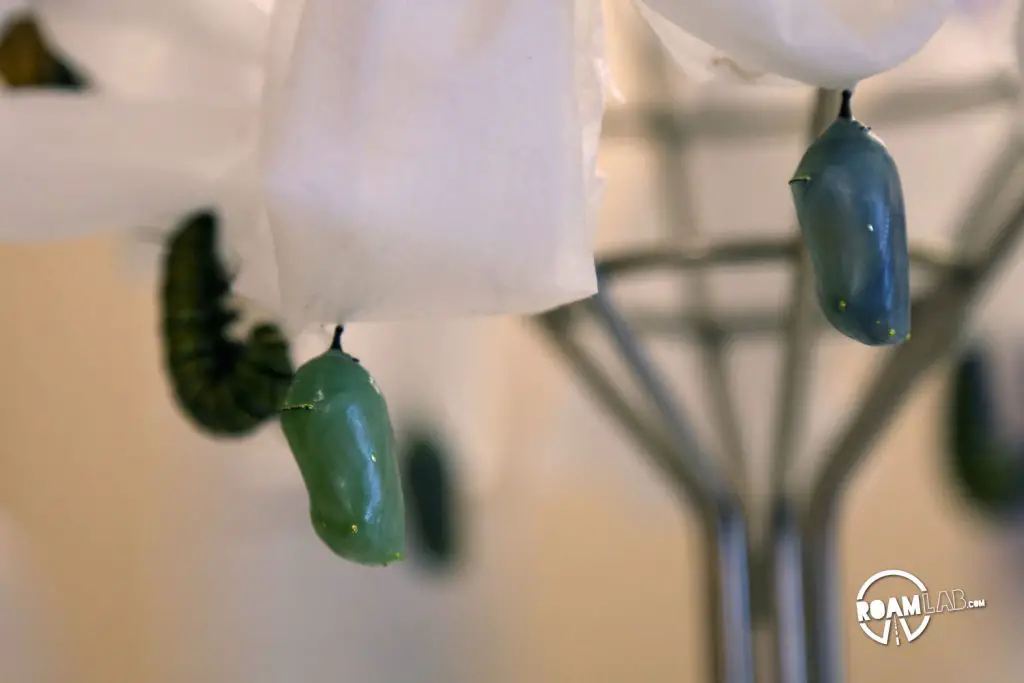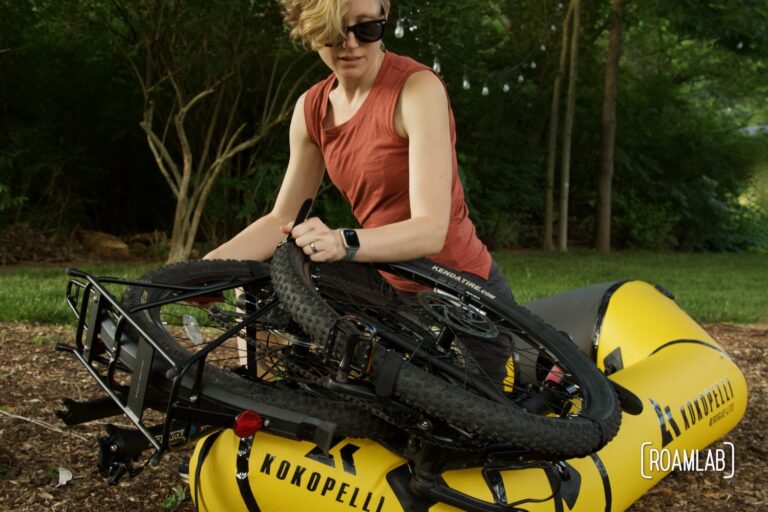There are monarch butterflies in Minnesota. To locals, this is no surprise. But to me, I was impressed. Monarchs can travel up to 3000 miles to their winter grounds in Mexico. These are the only butterflies to travel such great distances. And yet, in the summer, many return to Minnesota, where they were born.


I have tended to think of monarchs in relation to Monterey and other consistent and cool California coastal habitats. While monarchs are delicate and cannot survive harsh winters, they seem to be able to manage the hot and humid environments of a Minnesota summer with aplomb. Yet, when it comes to the dangers of weather, their most devastating interaction of late took place in their winter habitat, not their summer.
On March 9th 2016, a large population of monarchs and their winter habitat was destroyed due to a massive storm. Rain, hail, snow, and sub-freezing temperatures hit monarchs just as the spring migration north was beginning. Throughout the summer, citizen scientists are monitoring and reporting the migration of the Monarchs north. While reports are distressingly low, citizen scientists are collaborating for the good of the butterflies. People in Monarch habitats are encouraged to grow milk weed, a “host plant” for monarchs. Female monarchs lay their eggs on milk weed, which monarch caterpillars eat.
Today, we stumbled on to a program for citizen scientists learning about and monitoring monarch butterflies. The University of Minnesota has its own Monarch Lab, where the butterflies are researched and outreach and educational programs for the general public is managed. Interested?





